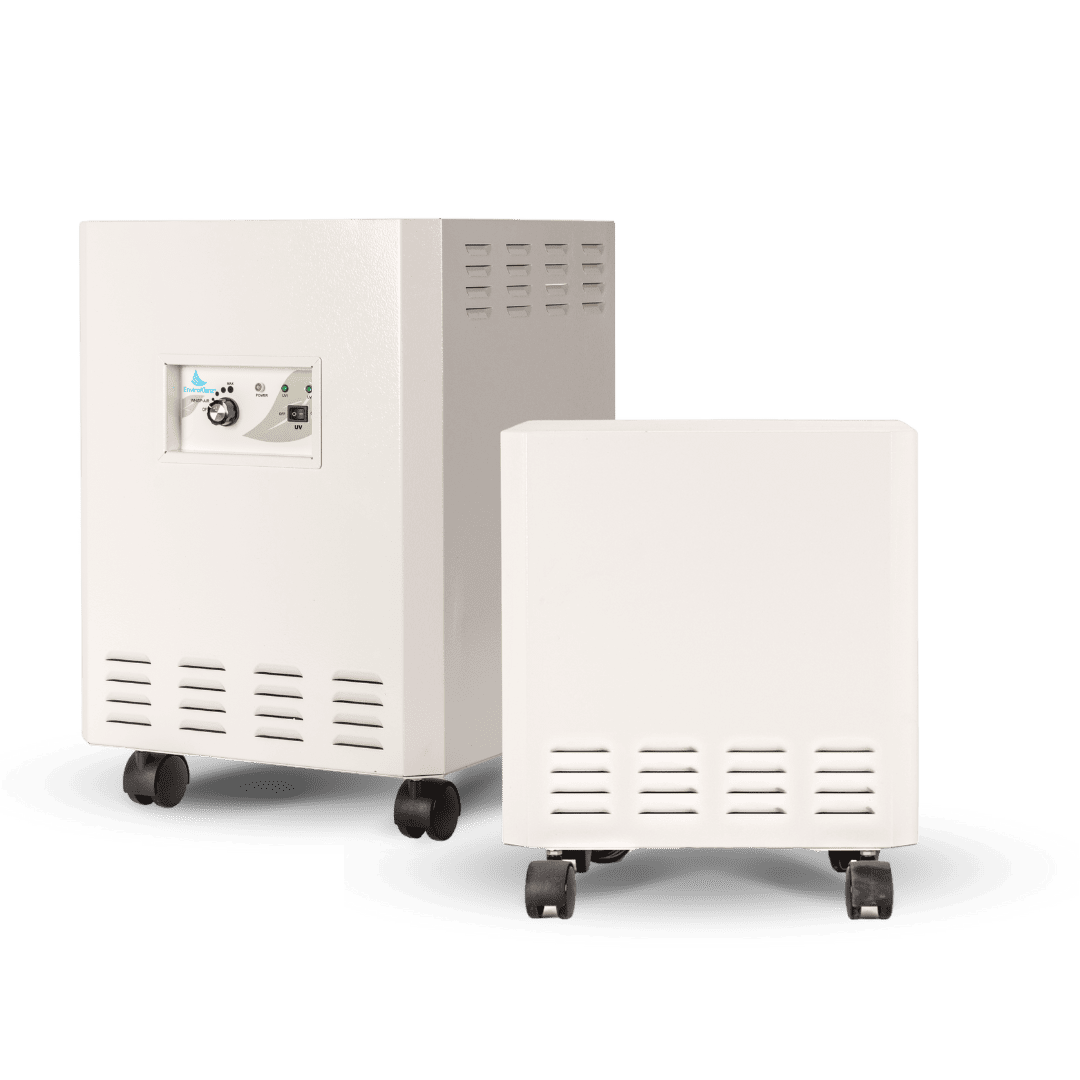If you have ever been in the presence of weed and its strong lingering smoke odor, then you will understand the strength of its potent smell in the air. Weed smoke will be suspended in the air and attach onto surfaces in the environment, these items will hold onto and harbor the smoke odor. Whether you are a recreational weed smoker or a marijuana grower in the weed industry, you will be stuck with strong weed smoke smells in your personal indoor environment that will need to be properly removed and eliminated from the air space.
Weed, aka cannabis or marijuana, is composed of a complex mix of compounds that creates that skunk-like odor that is emitted from the marijuana crop. Depending on the strand of cannabis, the smell can range in severity with some stronger and others weaker when it comes to the odor that is produced from the plant.
What compounds found in weed smoke produce that odor into the air and how can you eliminate the smell of weed smoke from inside your personal indoor environment?
Is Weed Smoke Bad for You?
Smoke that is produced from any type of plant material is bound to contain a mix of toxins and potential carcinogens within the smoke that can be hazardous to human health upon exposure. The reality is when you are smoking tobacco cigarettes, smoking weed, or even simply sitting by a camp fire, you will expose yourself to toxic substances from the combustion smoke that can have negative health outcomes on those breathing in this smoke.
The health effects of weed smoke depends on a variety of factors including the methods in which it was inhaled and the amount of smoke that has been inhaled over a period of time.
Pollutants Found in Marijuana
Did you know that there are over 400 chemicals that are found in marijuana? The cannabis plant produces terpenes, an organic compound that gives cannabis its well-known odor, and this chemical in high concentrations can be significantly hazardous.
The odors produced by cannabis are the result of many different chemical compounds. These can include, but are not limited to the following:
Best Air Purifier Technology for Weed Smoke Removal
The removal of weed smoke and the odors that travel in this smoke can easily, and effectively be removed through the use of an air purifier for weed smoke. When it comes to selecting the best air purifier for removal of marijuana odor, there are a multitude of air purifiers on the market that each utilize a specific technology that may or may not be effective in weed smoke removal in the air.
Below we are going to discuss which air purifier technology is the most effective at removing weed smoke and odors from the air.
- Activated Carbon: The carbon air filter technology is among the most popular selection when it comes to weed smoke and odor elimination. Carbon filters are activated with chemicals that allows the carbon to become more adsorptive in nature. However, this technology has several limitations including its ability to re-release pollutants back into the air once the filter media of the carbon becomes full and unable to collect further pollutants in the air.
- Ionizers: Electrostatically charged plates produce negatively charged gas ions that particulate matter sticks to in an effect like static electricity. This technology is used in mechanical filtration that emit charged particles into the atmosphere to aggregate smaller particles to get them to fall out of the air.
- Ozone: Ozone generators release an oxidizing gas (O3) that is produced into varying concentrations into the air. These generators produce harmful levels of the gas that can oxidize a variety of chemicals and odors, however, the reaction byproducts are left lingering in the environment. This byproduct can be very hazardous to human health when inhaled into the human body.
- EnviroKlenz: The EnviroKlenz technology is a highly effective “destructive absorbent” material designed for chemical containment and neutralization. When the EnviroKlenz materials come into contact with the chemical pollutant, the active sites first capture the chemical then initiate the neutralization process. This type of action is needed for the numerous types of odorous chemicals that possess a variety of different functional groups. The increased surface area, unique physical morphology, high chemical reactivity, and the functional porosity, all contribute to the enhanced chemical adsorption and odor neutralizing characteristics.









